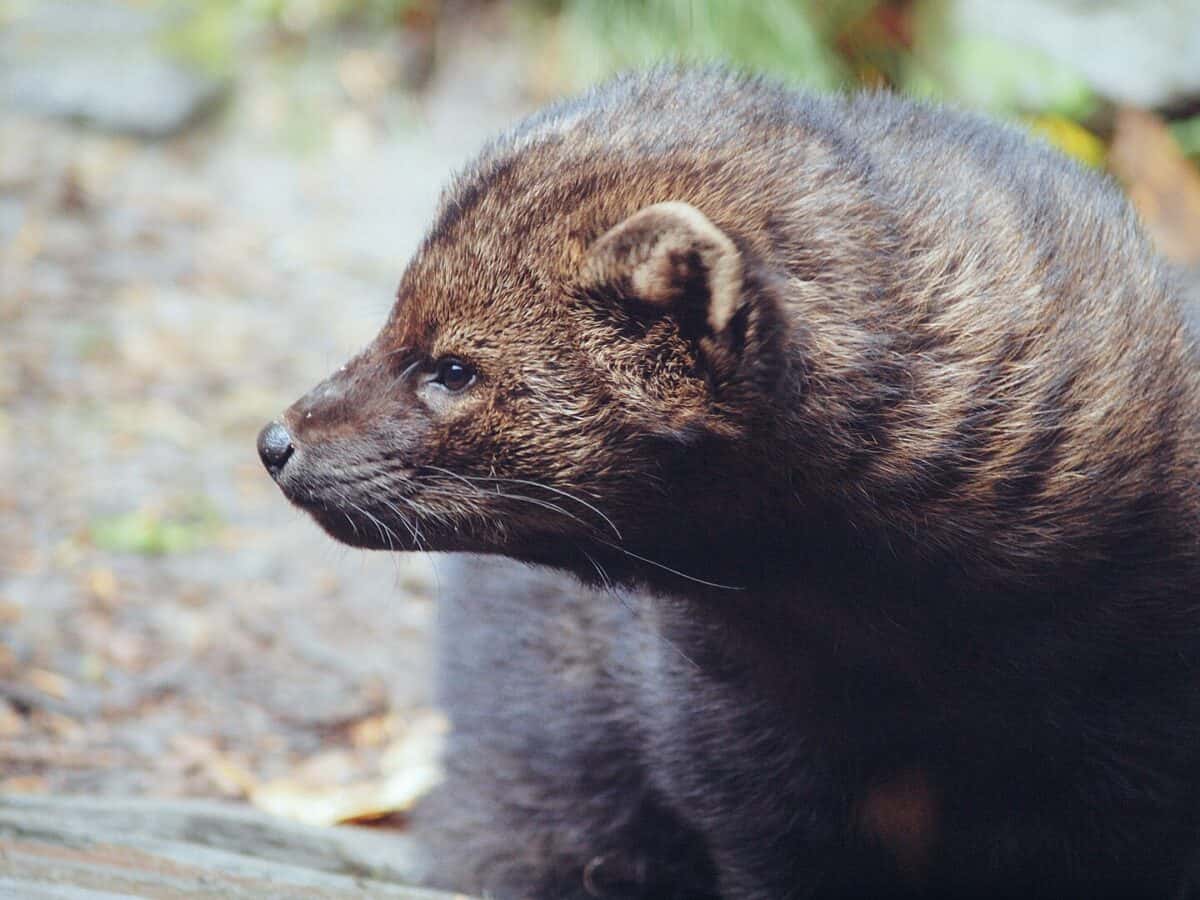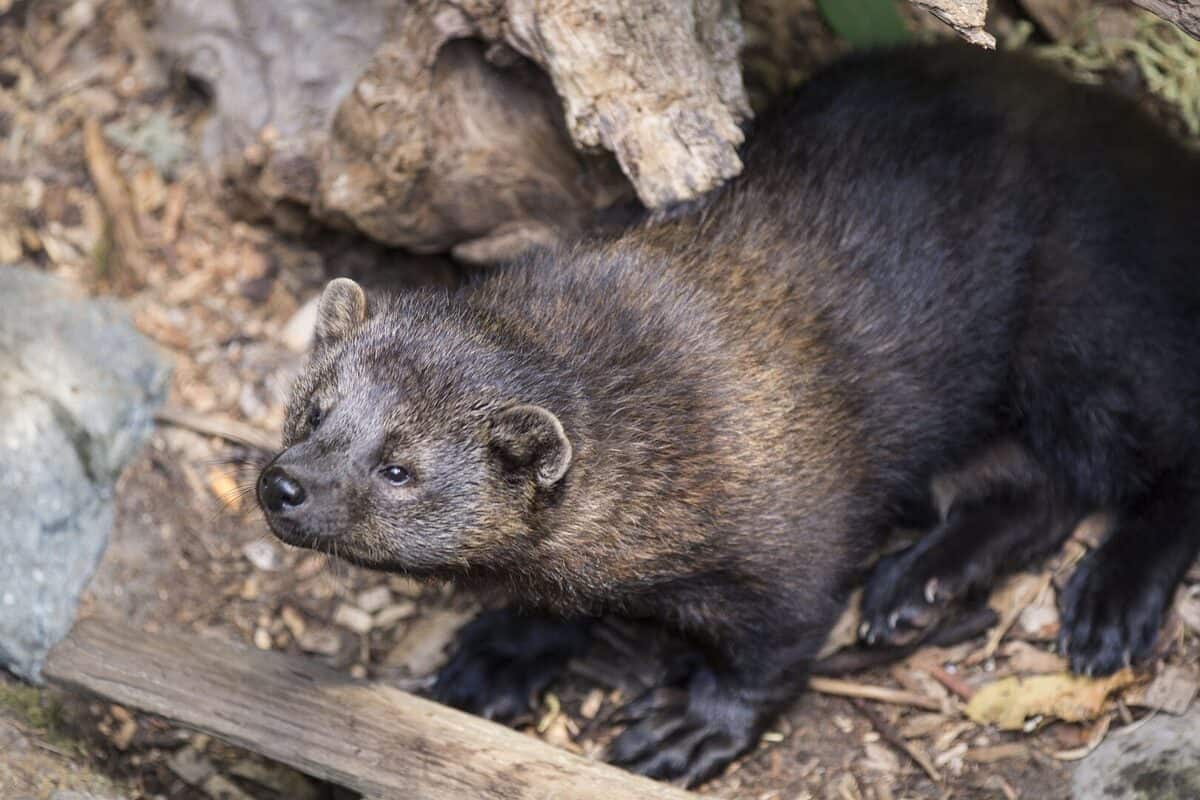For the first time in more than a century, a fisher has been confirmed in Iowa. Caught on a trail camera in Allamakee County, this elusive carnivore shocked wildlife officials and locals alike. Fishers are weasel-like mammals about the size of a house cat, known for their solitary behavior, agility in trees, and tendency to avoid humans altogether.
This marks a major ecological milestone. Fishers were once native to Iowa, but by the late 1800s, habitat loss and unregulated trapping wiped them out across the state. Their return, captured in crisp footage, shows how nature is quietly reclaiming lost ground when conditions improve.
What Exactly Is a Fisher?
Not to be confused with anything aquatic, a fisher (Pekania pennanti) is part of the mustelid family—relatives of minks, otters, and wolverines. They are fierce predators despite their small size, known for:
- Weighing between 2.5–6 kg (5–13 lb)
- Climbing trees to chase prey like squirrels or birds
- Taking down porcupines, one of the few mammals with this ability
They mostly stick to dense forests, are active at night, and rarely appear on trail cams—making this Iowa footage even more remarkable.
Why This Sighting Matters

This fisher was likely a dispersing male from Minnesota, where reintroduction efforts have been underway for decades. The sighting proves a few important things:
- Forest corridors across state lines are working
- Iowa’s wilderness is recovering, providing enough cover and prey
- Predators like fishers are finding opportunities where none existed before
In terms of conservation, it’s not just about one animal—it’s about what this means for all species that rely on healthy, connected ecosystems.
How Fishers Help the Ecosystem
Fishers aren’t just rare—they’re useful. Their presence balances ecosystems in several ways:
- Controlling rodent populations, including species that damage crops
- Regulating porcupine numbers, which helps protect trees from bark stripping
- Serving as a canary in the coal mine for forest health—if they’re back, something’s going right
While not federally endangered, they’re considered a species of concern in many states. Their success can pave the way for more predator comebacks.
What Locals and Nature-Lovers Can Do

You don’t need to be a scientist to help protect Iowa’s newest resident. Here’s how to contribute:
- Support forest conservation—especially projects that reconnect fragmented habitats
- Avoid using rodenticides, which harm the fisher’s food chain
- Leave wild areas wild—don’t try to feed, trap, or follow rare animals
- Report sightings responsibly to state conservation departments or local wildlife groups
Above all, celebrate the moment: the return of a native species after 150 years deserves more than a shrug.
Conclusion
The reappearance of a fisher in Iowa is more than a quirky wildlife headline—it’s a sign that nature, when given a chance, can heal. Forests once stripped bare are slowly welcoming back predators that vanished long ago. It’s a reminder that even small wins in conservation can lead to historic moments. Who knows what other long-lost species might be waiting just beyond the lens of a trail camera?
- Texas Turtles Risk Lives for Love During Spring Mating Season - August 20, 2025
- Spider Bites Florida Woman’s Face While Driving - August 10, 2025
- Bride Surprises Groom With Rescued Animals at Bachelor Party - August 7, 2025

